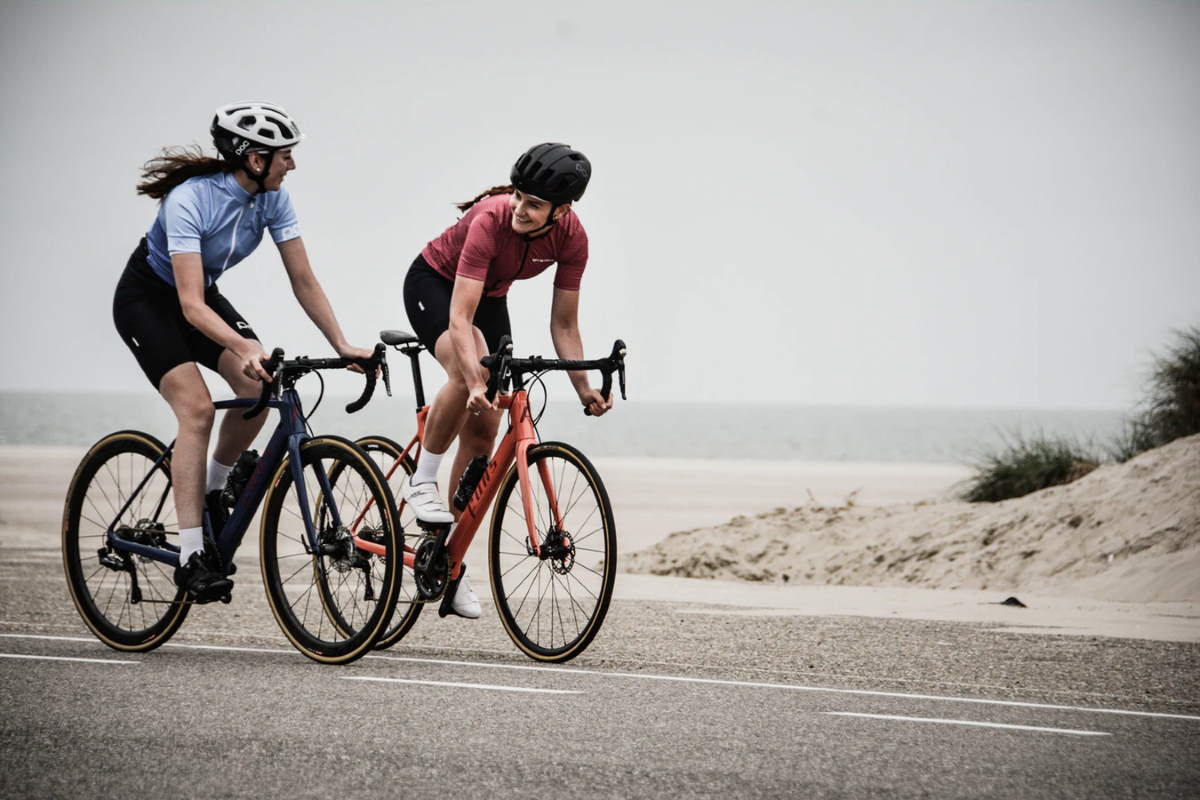Cycling, like all sports, comes with its fair share of injuries. In fact, 94% of cyclists experience some kind of overuse injury in the span of one year – 45% being injuries to the lower back and 23% being an injury to the knees, a Norwegian study found. Fortunately, there’s a number of ways cyclists can prevent common injuries, such as delayed onset muscle soreness, saddle sores, and lower back pain.
Foam rolling
Foam rolling can ease muscle soreness, reduce joint pain, boost circulation, and prevent delayed onset muscle soreness (DOMS) – something commonly experienced by cyclists, especially in the days after a hard ride. Using a vibrating foam roller can be even more effective for post-cycling recovery. Vibration therapy has been found to increase blood flow and muscle strength and aid recovery in spinal injury patients and can have similar positive benefits for cyclists. Vibrating foam rollers help the muscles contract and relax, which reduces pain, improves range of motion, and restores function. Regular foam rolling can help cyclists prevent injury and boost their overall strength, speed, and performance.
Benefits of foam rolling: improved recovery, better flexibility & mobility, decreased risk of injury, great for a warm-up and cool down, decreased muscle soreness
Lower the saddle
Saddle sores can be a painful injury caused by chafing and sweating in the area that comes in contact with the saddle. Most cyclists experience saddle sores at some point and they can easily be healed with a few days off the bike. However, there are ways saddle sores can be prevented from developing in the first place. For example, lowering the saddle can limit the side-to-side motion of the pelvis, which therefore reduces friction against the seat.
However, if your saddle is already at the correct level, you can apply antibacterial chamois cream to reduce chafing and soothe the skin. Additionally, comfortable cycling shorts are essential for providing enough protection between your body and the saddle. Your shorts should fit well to prevent chafing – shorts that are loose will fall down, while shorts that are small will painfully dig into the skin. When you find a nice-fitting pair, buy several and rotate them, so they last longer.

Strengthen the core
Lower back pain is commonly experienced by cyclists simply as the result of bending over for prolonged periods of time. In turn, this causes flexion relaxation – when the muscles in the spine decide to stop engaging. Other structures, such as ligaments, are instead used to help maintain your posture. Strengthening your core can help build up endurance in the necessary muscles and prevent this problem.
For example, the bird-dog move targets your core musculature and the low-back paraspinals to help develop balance and stability. Additionally, the dead bug move strengthens the hip flexors, transverse abdominis, and rectus abdominis to build a strong core. With a stronger core, cyclists will be able to maintain riding positions for longer periods of time without lower back pain occurring.
It’s important that cyclists take care to stay safe, healthy, and injury-free. Following these tips can help you avoid some of the most common cycling injuries.

- A Guide To Watching The Tour de France 2024 in Person - April 11, 2024
- For Cyclists, Rest Days Are Essential To Avoiding Long-Term Injury - June 27, 2023
- Why Cyclists Need Complex Carbohydrates For Enhanced Endurance - February 12, 2022
